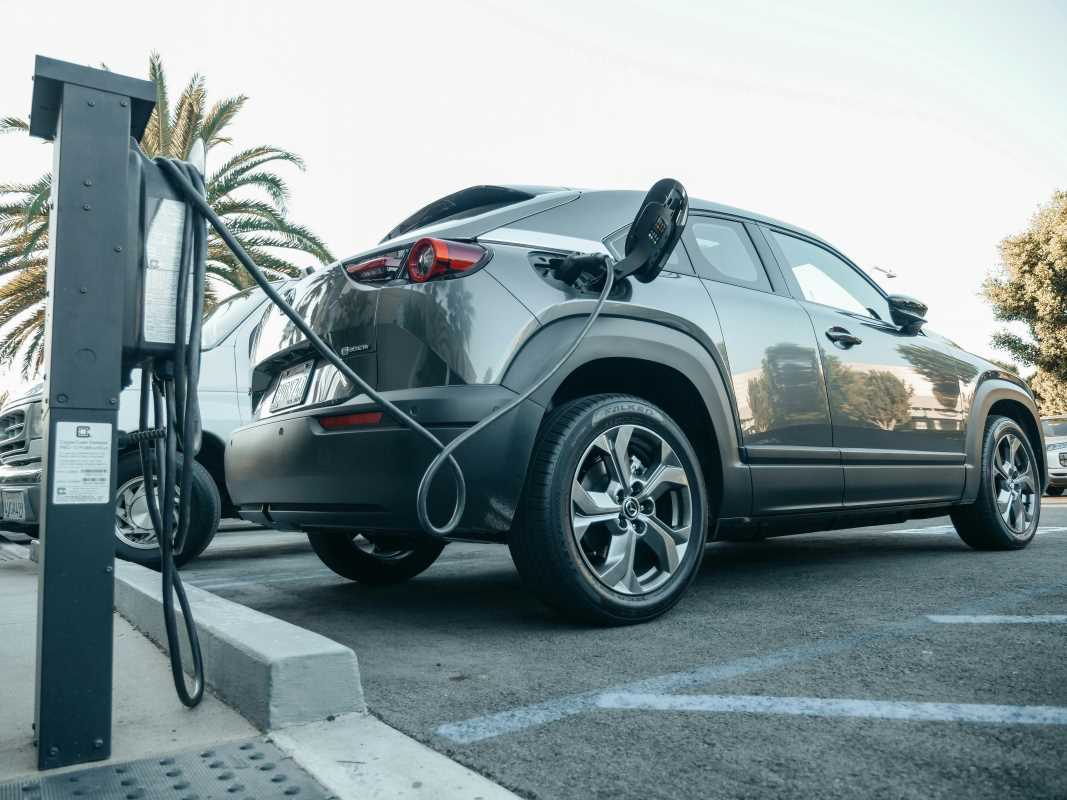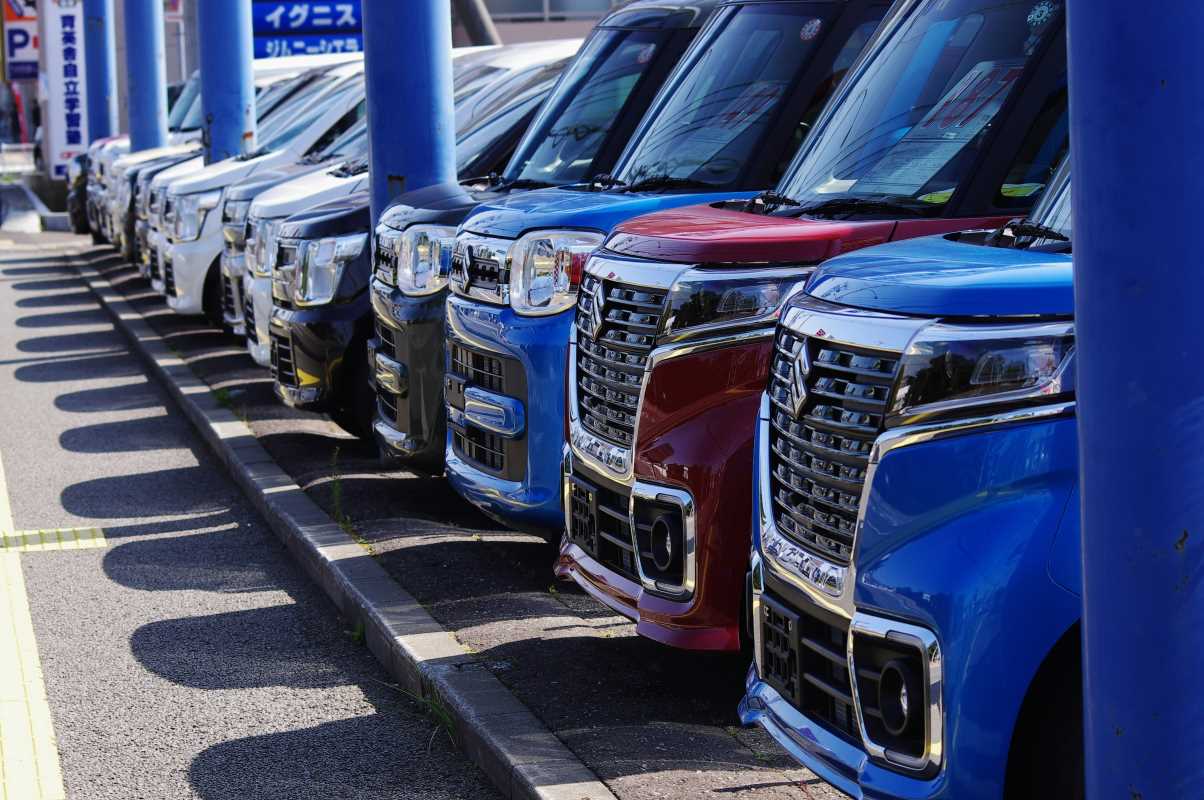Timing doesn’t just matter when you’re waking up for work or hitting the brakes at a yellow light. It also plays a critical role in one of life’s most significant purchases: buying a car. The idea that you can save thousands of dollars just by purchasing at the right moment may sound too good to be true, but this timing hack is as real as a carefully monitored stopwatch.
Whether you’re after a sleek new ride or a solid pre-owned option, understanding the ebbs and flows of car pricing is a game changer. From seasonal trends to dealership sales goals, timing can flip the financial script in your favor. Here’s why it pays to clock your car purchase just right.
The Changing Seasons of Car Buying
Like fashion trends, the car market sees rhythmical highs and lows based on the seasons. Each time of year brings subtle shifts in price tags, availability, and even negotiating leverage. Knowing when the industry clock is in your favor can save you from overpaying or rushing into a subpar deal.
For instance, winter months, particularly December, are a gold mine for new car deals. This is when dealerships are racing to hit year-end quotas or clear out old inventory to make room for next year’s models. Their eagerness often translates to slashed prices and generous incentives. Meanwhile, the dry spell of summer is typically better for buyers eyeing used cars, as trade-ins flood the market during new car promotions.
Seasonal timing not only impacts what you pay but can also influence what’s available. Shopping for a convertible during the snowy months? You might score a steal when demand is low. Looking for a 4x4 in spring? Expect to pay more as buyers gear up for summer adventures.
Month-End Shopping Hustle
Dealerships operate on tight sales schedules, and the end of the month often resembles a frantic athlete pushing for a personal best. Monthly quotas drive a lot of dealership dynamics, incentivizing sales teams to hit specific unit targets by the last day on the calendar.
This urgency can work in your favor. Salespeople aiming to meet their quotas can become more flexible on pricing or willing to bundle extras like maintenance packages or warranties. Also, dealerships running behind may prioritize moving vehicles to score manufacturer bonuses rather than holding out for higher profit margins.
However, don’t mistake month-end buying as a one-size-fits-all solution. If a dealership has already smashed its goals, the pressure to negotiate may evaporate. The savviest shoppers call ahead to gauge a dealership’s enthusiasm before making their move late in the month.
Year-End Bargains and Clearance Events
When it comes to timing, nothing beats year-end clearance events for snagging a deal on a new car. Dealers are eager to clear inventory of last year’s models to make way for next year’s arrivals, and prices drop as a result. For budget-conscious buyers, this is when the “new car” dream becomes much more attainable.
The best part? These year-end price drops don’t just apply to one segment of vehicles. SUVs, sedans, hybrids, and even luxury cars often see reductions as manufacturers align production timelines and dealerships prepare for an influx of new models. The holiday season also delivers the allure of cashback offers, no-interest financing, and rebates, making December a winter wonderland for deal hunters.
One caveat to keep in mind is inventory. By late December, dealerships are often low on stock, so your dream color and trim might not be available. If you’re aiming for the sweet spot between price and availability, shopping in late November into early December could offer the best balance.
Day of the Week Shopping Smarts
Believe it or not, the day you visit a dealership can influence the type of attention and deal you receive. No, it’s not about your lucky shirt (though we won’t stop you from wearing it); it’s about dealership traffic. Think about when you’re likely to shop for a car. Most people head to the lot over the weekend, creating a buzz of activity that works to your disadvantage.
Shopping on a weekday, especially in the morning or early afternoon, gives you the salesperson’s undivided attention. Fewer customers mean less pressure on their time and often more room for negotiation. Mondays and Tuesdays are especially quiet; by strategically planning your visit, you’ll have a better chance of hashing out a deal in a relaxed environment without the hustle and bustle of weekend crowds.
Timing your dealership visits deliberately can also affect trade-in values. With fewer buyers waiting, they might spend more time ensuring your trade-in offer is competitive, not rushed.
Watching for Market Trends and Incentives
The auto industry is far from static, and spotting trends is essential for timing your car purchase. Think of it like reading the stock market; changes in fuel prices, supply shortages, or interest rates can all impact an automaker’s sales strategy or pricing structure.
For example, when gas prices soar, hybrids and fuel-efficient models suddenly become hot commodities, leaving little wiggle room for deals. Conversely, falling gas prices might make larger vehicles like SUVs easier to negotiate. Staying informed on industry news can alert you to the best times to pounce.
Keep an eye out for manufacturer incentives, like cashback offers, zero-percent financing, or loyalty discounts. These perks often coincide with launch periods for new models or during slower sales seasons. By pairing promotions with off-peak shopping times, you can supercharge your savings.
Timing Tips to Maximize Your Buying Power
Armed with the knowledge of why timing matters, here are some actionable strategies to help you make the most of it:
- Combine timing elements. If possible, aim to shop on a weekday toward the end of the month, aligning with seasonal incentives for maximum savings.
- Monitor the market early. Start researching a month or two before you plan to buy. Knowing how prices shift will prepare you to spot a deal when it arrives.
- Be ready to walk away. Sometimes the best timing tactic is patience. If the dealer isn’t budging, take some time to revisit options elsewhere.
- Keep tabs on interest rates. Rising interest rates might prompt preemptive purchases, while falling rates could mean waiting is worth it.
By using these tips and a healthy dose of preparedness, you’ll find yourself in a strong position to score the best deal possible.
The Power of Patience and Flexibility
Perhaps the most underrated aspect of timing in car buying is patience. Rushing into a purchase can lead to overspending or settling for a car that doesn’t fully meet your needs. Taking the time to wait for the right season, monthly cycle, or even day of the week can yield better results.
Flexibility plays a role, too. Can you expand your search radius to other dealerships in your region? Are you open to slightly older models? Small compromises in timing or preferences can produce substantial rewards in terms of savings or options.
While it can be tempting to buy on impulse, particularly when your old car croaks unexpectedly, patience and adaptability will serve your finances in the long run.







